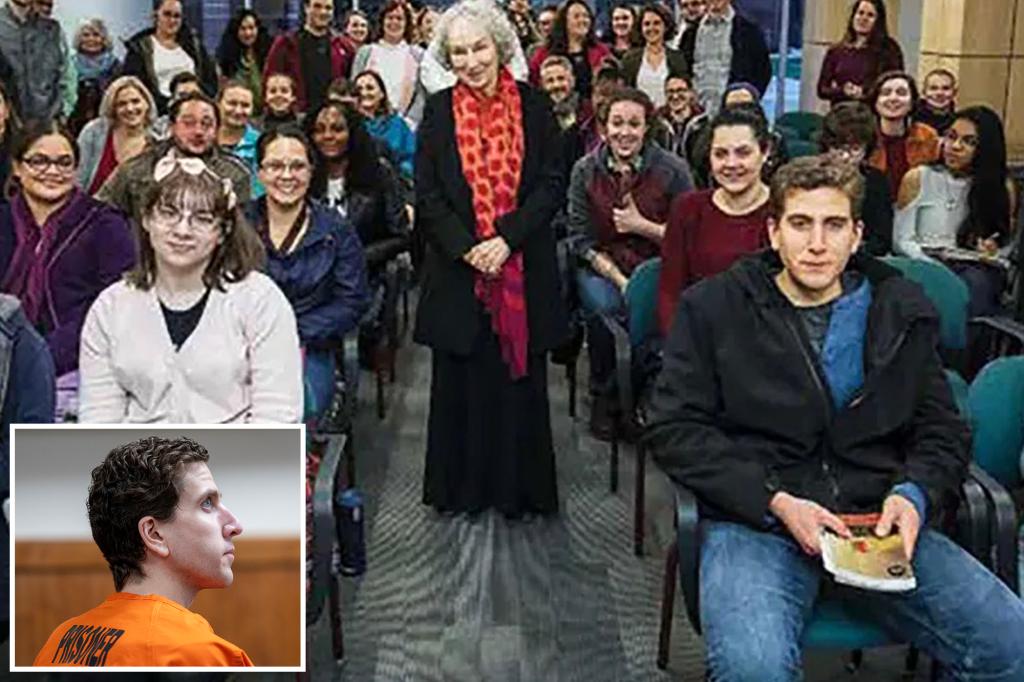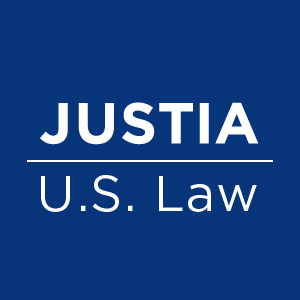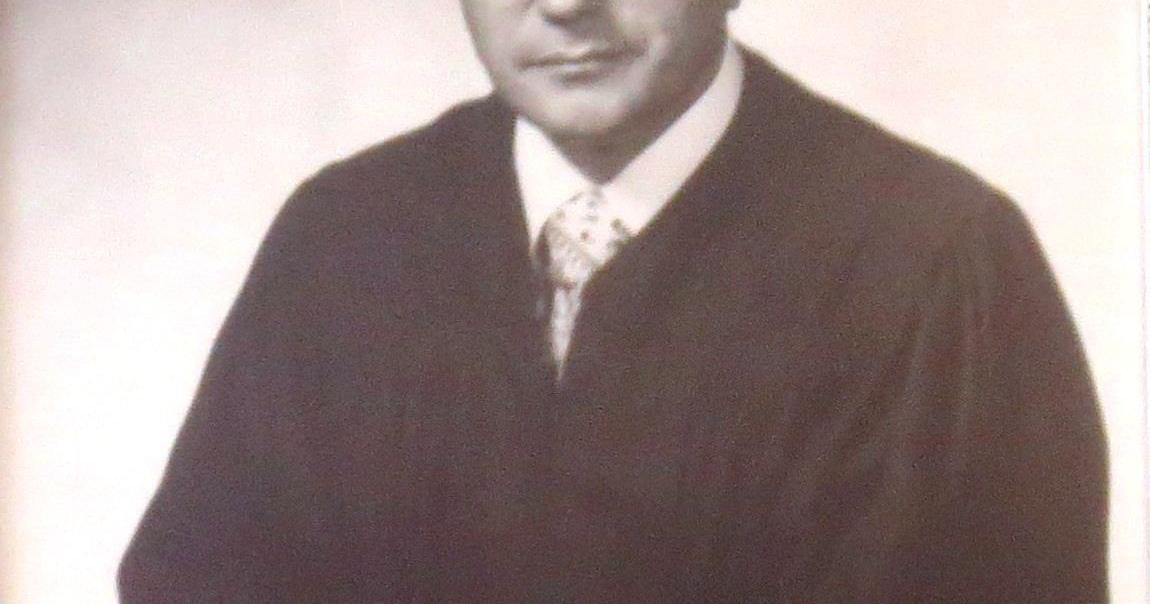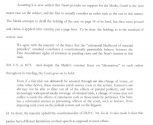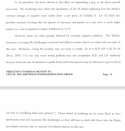Reading the Objection to Media's motion to vacate:
Wow! I was going to post points that grabbed my attention, but just ended up filling the page and basically reposting the entire response.
Little bits and rule highlights:
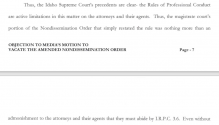
RULE 3.6: TRIAL PUBLICITY (a) A lawyer who is participating or has participated in the investigation or litigation of a matter shall not make an extrajudicial statement that the lawyer knows or reasonably should know will be disseminated by means of public communication and will have a substantial likelihood of materially prejudicing an adjudicative proceeding in the matter.
JL goes through the medias case point by point. This is one of those points. Posting for the "gem" part:
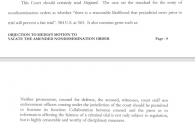
Looked up the rules for this:
It appears the Media is attempting to mislead its reader, violation of I.R.P.C. 3.1, 3.3, and 3.4.
RULE 3.1: MERITORIOUS CLAIMS AND CONTENTIONS A lawyer shall not bring or defend a proceeding, or assert or controvert an issue therein, unless there is a basis in law and fact for doing so that is not frivolous, which includes a good faith argument for an extension, modification or reversal of existing law. A lawyer for the defendant in a criminal proceeding, or the respondent in a proceeding that could result in incarceration, may nevertheless so defend the proceeding as to require that every element of the case be established
RULE 3.3: CANDOR TOWARD THE TRIBUNAL (a) A lawyer shall not knowingly: (1) make a false statement of fact or law to a tribunal or fail to correct a false statement of material fact or law previously made to the tribunal by the lawyer; (2) fail to disclose to the tribunal legal authority in the controlling jurisdiction known to the lawyer to be directly adverse to the position of the client and not disclosed by opposing counsel; or (3) offer evidence that the lawyer knows to be false. If a lawyer, the lawyer’s client, or a witness called by the lawyer, has offered material evidence and the lawyer comes to know of its falsity, the lawyer shall take reasonable remedial measures, including, if necessary, disclosure to the tribunal. A lawyer may refuse to offer evidence, other than the testimony of a defendant in a criminal matter, that the lawyer reasonably believes is false. (b) A lawyer who represents a client in an adjudicative proceeding and who knows that a person intends to engage, is engaging or has engaged in criminal or fraudulent conduct related to the proceeding shall take reasonable remedial measures, including, if necessary, disclosure to the tribunal. (c) The duties stated in paragraphs (a) and (b) continue to the conclusion of the proceeding, and apply even if compliance requires disclosure of information otherwise protected by Rule 1.6. (d) In an ex parte proceeding, a lawyer shall inform the tribunal of all material facts known to the lawyer that will enable the tribunal to make an informed decision, whether or not the facts are adverse.
RULE 3.4: FAIRNESS TO OPPOSING PARTY AND COUNSEL A lawyer shall not: (a) unlawfully obstruct another party's access to evidence or unlawfully alter, destroy or conceal a document or other material having potential evidentiary value. A lawyer shall not counsel or assist another person to do any such act; (b) falsify evidence, counsel or assist a witness to testify falsely, or offer an inducement to a witness that is prohibited by law; (c) knowingly disobey an obligation under the rules of a tribunal, except for an open refusal based on an assertion that no valid obligation exists; (d) in pretrial procedure, make a frivolous discovery request or fail to make reasonably diligent effort to comply with a legally proper discovery request by an opposing party; (e) in trial, allude to any matter that the lawyer does not reasonably believe is relevant or that will not be supported by admissible evidence, assert personal knowledge of facts in issue except when testifying as a witness, or state a personal opinion as to the justness of a cause, the credibility of a witness, the culpability of a civil litigant or the guilt or innocence of an accused; or (f) request a person other than a client to refrain from voluntarily giving relevant information to another party unless: (1) the person is a relative or an employee or other agent of a client; and (2) the lawyer reasonably believes that the person's interests will not be adversely affected by refraining from giving such information.
I'll end my gargantuan post with this bit:
This Court should simply apply the standards set out in Sheppard and Gentile. The Media’s attempt at rebalancing First and Sixth Amendment concerns in this context would necessarily require this Court to overrule the Supreme Court of the United States. Similarlythe Media’s argument that the Idaho Constitution can draw different line (Media’s Brief at *23) must fail- states cannot provide less protection than the federal constitution— and to rebalance one right against another necessarily requires this Court to undercut one of those rights. Sec State I). Donate, 135 Idaho 469, 471 (2001).
MOO

